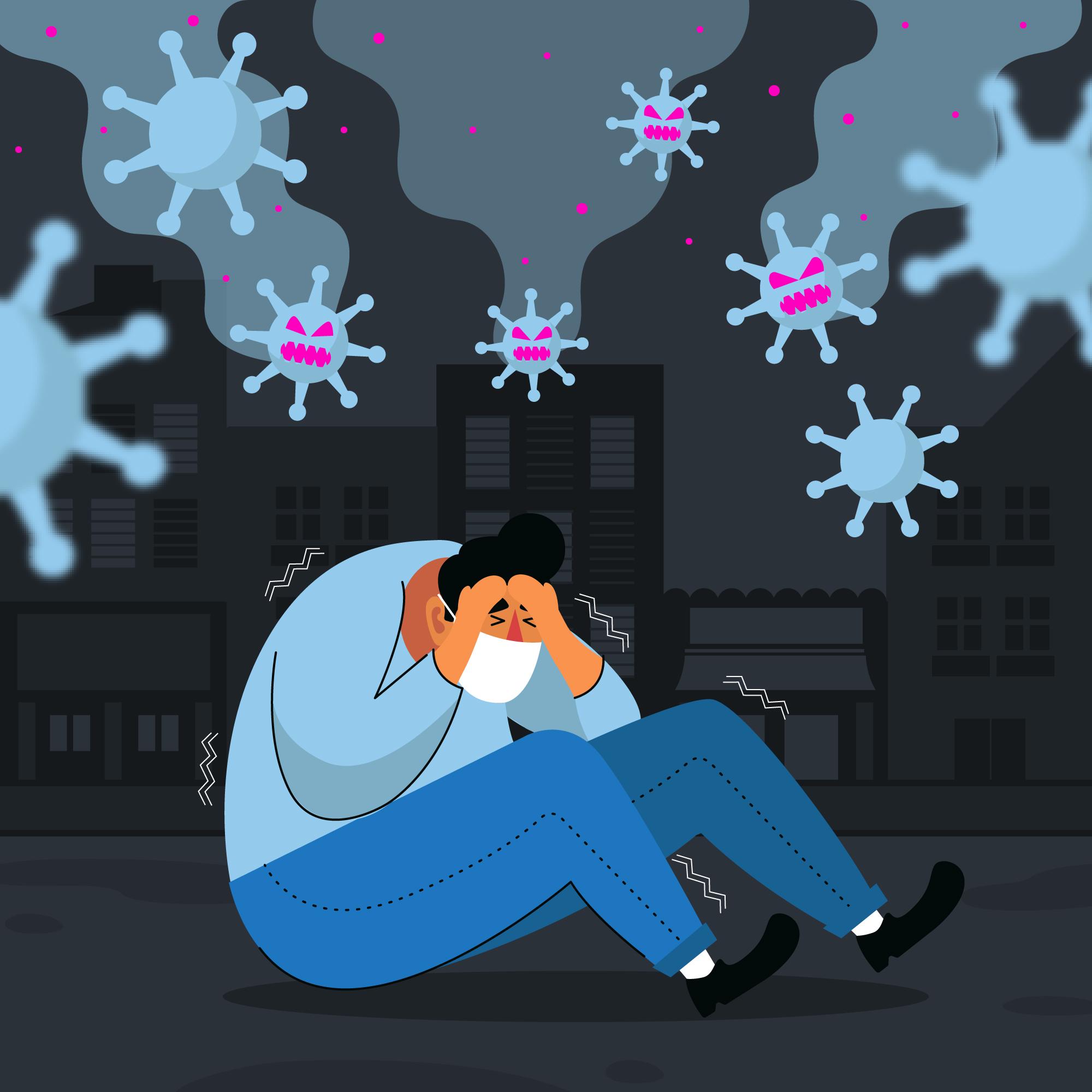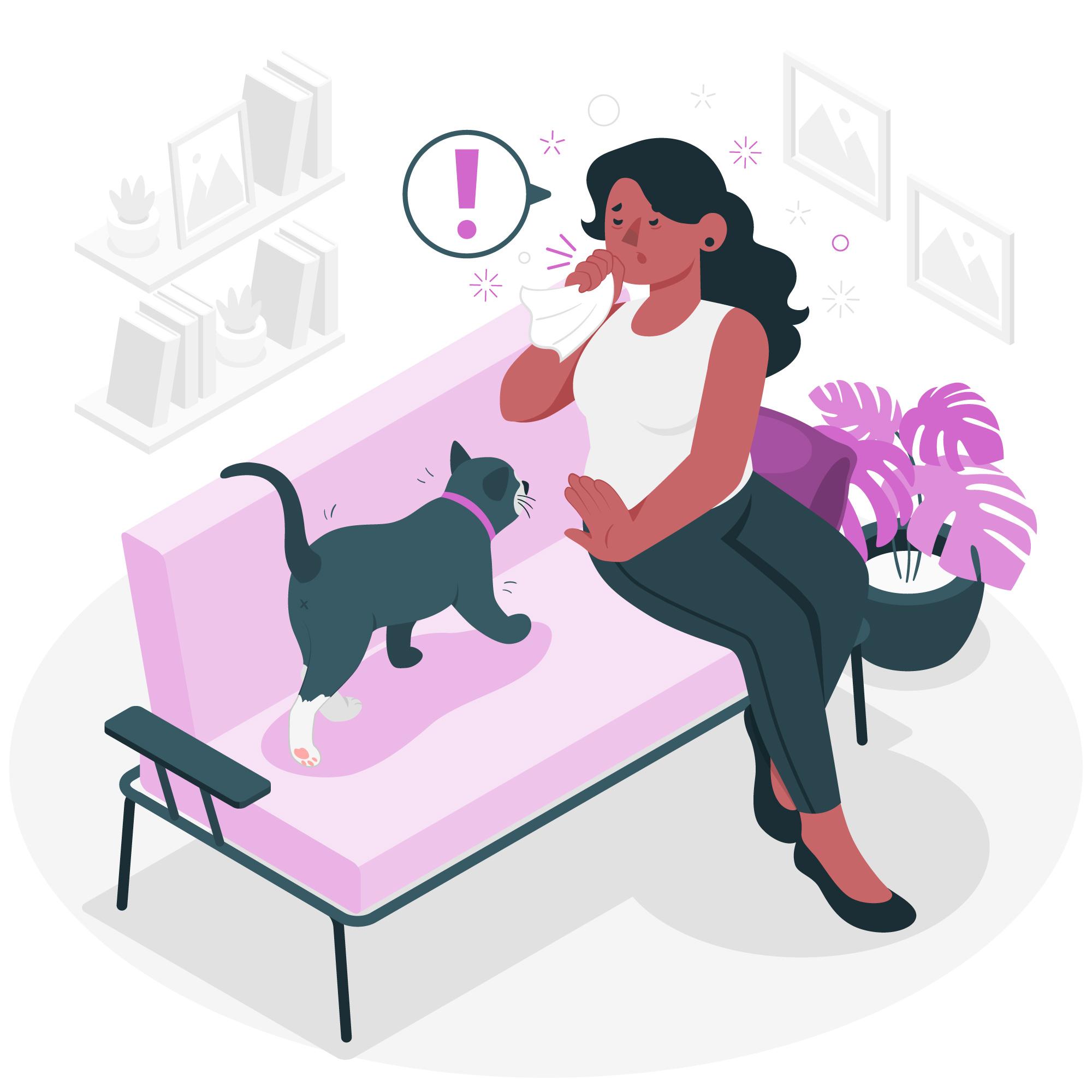Unexpected Panic Attacks
Unexpected Panic Attacks in the Indian Context: A Psychological Overview
Overview
Panic attacks are sudden episodes of intense fear or discomfort that peak within minutes, often without an apparent trigger. These episodes can be debilitating, affecting an individual’s daily functioning and quality of life. In India, understanding and addressing panic attacks is crucial, given the unique cultural and societal factors influencing mental health.
Key Facts
- Prevalence: The overall weighted prevalence of current anxiety disorders in the adult Indian population is approximately 2.57%. Specific data on panic disorder within this demographic are limited, indicating a need for focused research.
- Gender Differences: Studies indicate a higher prevalence of anxiety disorders among females (3.01%) compared to males (2.02%) in India.
Symptoms and Patterns
Panic attacks are characterized by a combination of physical and psychological symptoms, including:
- Physical Symptoms: Palpitations, sweating, trembling, shortness of breath, chest pain, nausea, dizziness, and chills or hot flashes.
- Psychological Symptoms: Fear of losing control, fear of dying, and a sense of detachment from reality.
These attacks typically reach peak intensity within 10–15 minutes and may last for several minutes to hours.
Risk and Protective Factors
Risk Factors:
- Genetic Predisposition: A family history of anxiety disorders can increase susceptibility.
- Stressful Life Events: Traumatic experiences or significant life changes may trigger panic attacks.
- Personality Traits: Individuals with high sensitivity to stress or prone to negative emotions are at a higher risk.
Protective Factors:
- Social Support: Strong relationships with family and friends can provide emotional assistance.
- Stress Management: Engaging in relaxation techniques, such as yoga and meditation, can help manage stress levels.
- Professional Help: Access to mental health services and early intervention can prevent the escalation of symptoms.
Treatment and Care
Effective management of panic attacks often involves a combination of therapeutic approaches:
- Psychotherapy: Cognitive Behavioural Therapy (CBT) is commonly used to address panic disorders.
- Medication: Antidepressants and anti-anxiety medications may be prescribed to manage symptoms.
- Lifestyle Modifications: Regular physical activity, adequate sleep, and a balanced diet can contribute to overall well-being.
Psychological and Psychosocial Interventions
- Mindfulness-Based Therapies: Practices focusing on present-moment awareness can reduce anxiety levels.
- Support Groups: Sharing experiences with others facing similar challenges can provide comfort and coping strategies.
- Cultural Sensitivity in Treatment: Incorporating culturally relevant practices, such as traditional relaxation methods, can enhance treatment efficacy.
Conclusion
Unexpected panic attacks significantly impact individuals’ mental health and daily lives. In India, addressing this issue requires a multifaceted approach, including increasing awareness, reducing stigma, and providing accessible mental health services. Early intervention and culturally sensitive treatments are essential for improving outcomes and enhancing the quality of life for those affected.





